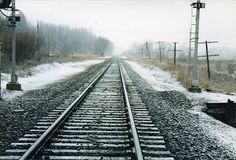![]()
![]()
![]()
Use LEFT and RIGHT arrow keys to navigate between flashcards;
Use UP and DOWN arrow keys to flip the card;
H to show hint;
A reads text to speech;
12 Cards in this Set
- Front
- Back
|
Depth Perception |
Ability to accurately estimate distance of objects and therefore able to view the world in 3D |
|
|
Binocular Depth Cues |
Require use of both eyes to work together on providing information to the visual cortex |
|
|
Convergence |
Brain detects and interprets depth/distance from changes in tension of the eye muscles. Closer Object = More Tension Further Object = Less tension |
|
|
Retinal Disparity |
Each eye takes slightly different angle perspective. Further away: Less difference Close up: Much difference...Wow! |
|
|
Monocular Depth Cues |
Requires only use of one eye to provide depth and distance information |
|
|
Accommodation |
Automatic adjustment of the shape of the lens to focus an object in response to changes in how far away an object is. |
|
|
Pictorial Cues |
Artists use them to create depth and distance on 2 dimensional surfaces (paper etc) |
|
|
Linear Perspective |

Apparent convergence of parallel lines as they recede into the distance |
|
|
Texture Gradient |
Gradual reduction of detail on a surface as it recedes into the distance.
|
|
|
Interposition |
When an object partially blocks or covers another that is further away and therefore obscures it. |
|
|
Relative Size |
Tendency to visually perceive the object that produces the largest image |
|
|
Height in the visual field |
Objects located closer to the horizon are more distant than objects further from the horizon |

